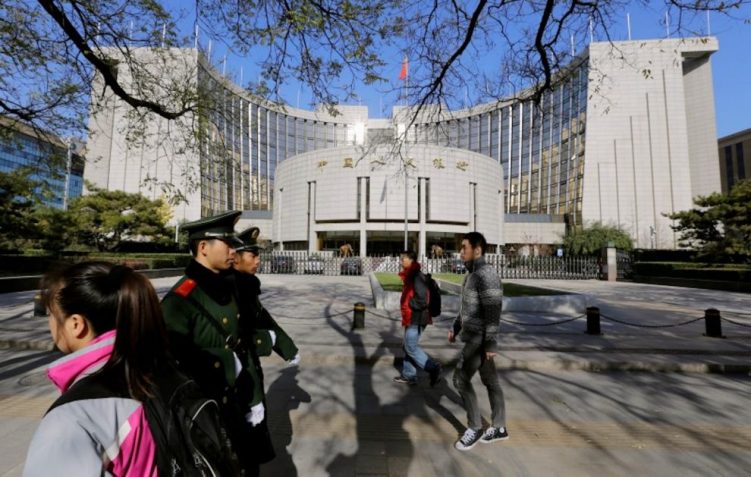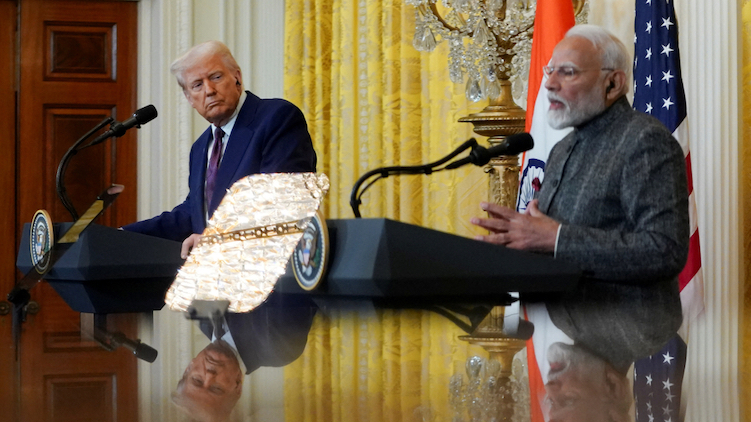China is tipped to cut its benchmark mortgage reference rate at a monthly meeting on Tuesday.
Improving net interest margins are seen as giving authorities some space to use monetary stimulus to bolster the economy’s flat growth.
The loan prime rate (LPR) normally charged to banks’ best clients is calculated each month after 20 designated commercial banks submit proposed rates to the People’s Bank of China (PBOC).
ALSO SEE: China’s Lunar New Year Spending Up 47%, Beats Pre-Covid Levels
In a survey of 27 market watchers conducted this week, 25, or 92.6%, of all respondents expected a reduction to the five-year LPR on Tuesday. They projected a cut of five to 15 basis points. Seven, just over a quarter of all the participants predicted a cut in the one-year tenor.
Most new and outstanding loans in the world’s second-largest economy are based on the one-year LPR, which stands at 3.45%. It was lowered twice by a total of 20 basis points in 2023.
The five-year rate influences the pricing of mortgages and is 4.20% now. It was last trimmed in June 2023 by 10 basis points.
State paper tips rate reduction
The strong expectation of a reduction to the mortgage reference rate comes after the central bank-backed Financial News reported on Sunday that the benchmark LPR could fall in coming days, with the five-year tenor more likely to be reduced.
“Lowering five-year LPR will help stabilise confidence, promote investment and consumption, and also help support the stable and healthy development of the real estate market,” the newspaper said on its official WeChat account.
While a slowing economy has hastened the need for lower rates, such moves have been constrained by uncertainties around the timing of US rate cuts and risks of rapid yuan declines and capital outflows.
The LPR is loosely pegged to the medium-term policy rate, and the two sets of rates usually move in tandem. Market watchers said a recent reduction to banks’ reserve requirement ratio (RRR) and major lenders’ latest cuts to deposit rates should allow banks to cut the LPR.
China’s central bank left the MLF rate unchanged as expected on Sunday when rolling over maturing medium-term loans, with uncertainties around the timing of an easing by the Federal Reserve limiting Beijing’s room to manoeuvre on monetary policy.
The PBOC’s decision to cut RRR and fully roll over maturing MLF loans “underscores the continued commitment to an expansionary monetary policy stance aimed at bolstering economic growth and stability,” Tommy Xie, head of Greater China research at OCBC Bank, said.
“We see the chance of an imminent LPR cut this month to further support market sentiment.”
- Reuters with additional editing by Jim Pollard
ALSO SEE:
China Evergrande Liquidators May Sue Its Auditor PwC: Report
China Central Bank Chief Vows 50bps RRR Cut to Boost Economy
Losses on $50bn Leveraged Products Behind China Stocks Plunge
China Looking at Further Moves to Prop up its Slumping Markets
China Warns Officials Against Falsifying Economic Data
Mortgage Delinquencies in China Soared by 43% in 2023
China Banks Moves to Stabilize Yuan as Stock Markets Slide
Wealthy Families, Private Firms Moving Billions Out of China – NYT






















